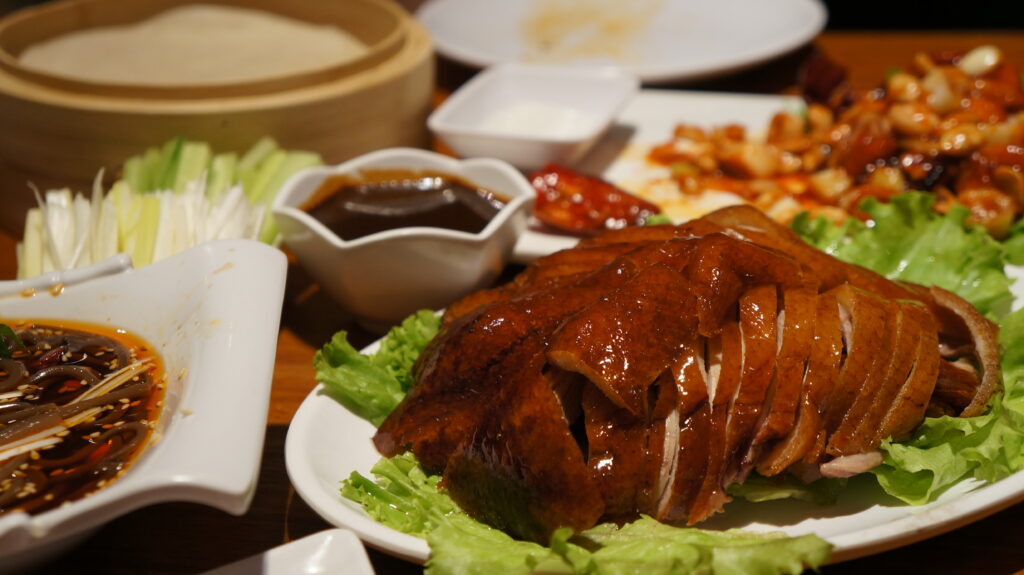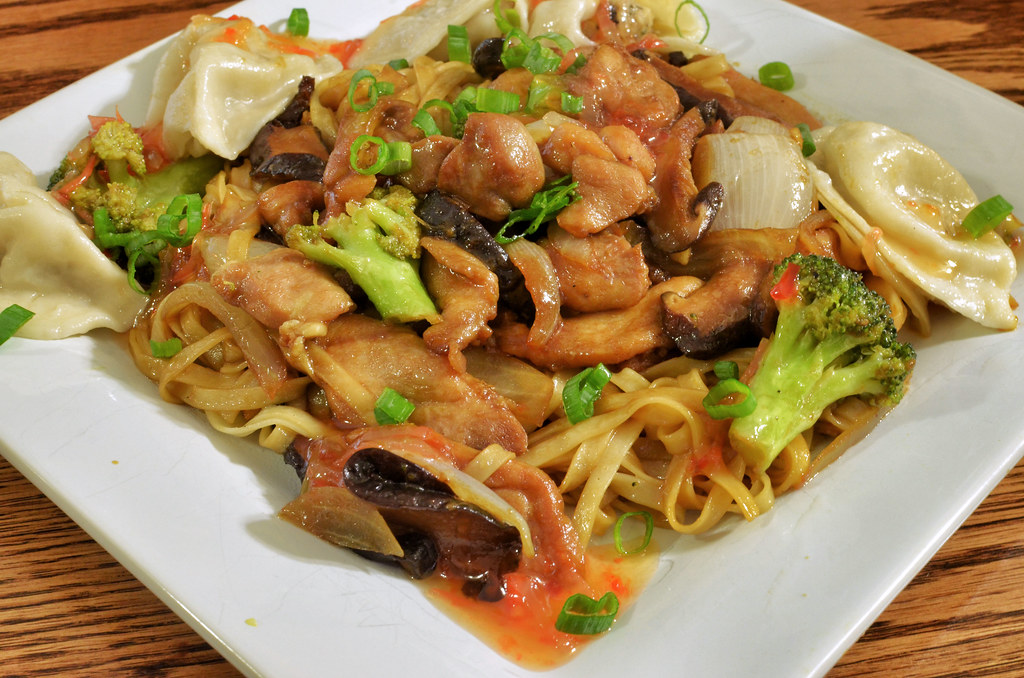Introduction
Financial planning is a crucial aspect of managing personal and business finances effectively. It involves setting goals, assessing resources, and developing strategies to achieve financial stability and growth. In an increasingly complex economic environment, the importance of financial planning cannot be overstated. This article delves into the various facets of financial planning, its benefits, and practical steps to create a robust financial plan.
Understanding Financial Planning
What is Financial Planning?
Financial planning is a comprehensive approach to managing one’s finances. It encompasses budgeting, saving, investing, and planning for future financial needs. A sound financial plan considers current financial status, future goals, and potential risks to develop a roadmap for financial security.
Key Components:
- Budgeting: Creating a detailed plan for income and expenses.
- Saving: Setting aside funds for short-term and long-term needs.
- Investing: Allocating resources to assets that generate returns.
- Insurance: Protecting against unforeseen risks.
- Retirement Planning: Preparing for financial needs in retirement.
- Estate Planning: Managing and distributing assets after death.
Importance of Financial Planning
Financial planning provides several critical benefits that contribute to financial well-being and security.
Key Benefits:
- Goal Setting: Helps in setting and prioritizing financial goals.
- Resource Allocation: Ensures optimal use of financial resources.
- Risk Management: Identifies and mitigates financial risks.
- Wealth Accumulation: Facilitates growth of wealth through investments.
- Financial Security: Provides a safety net for unforeseen circumstances.
- Peace of Mind: Reduces financial stress and uncertainty.
Personal Financial Planning
Budgeting and Expense Management
Budgeting is the foundation of personal financial planning. It involves tracking income and expenses to ensure spending aligns with financial goals.
Steps to Effective Budgeting:
- Track Income: Record all sources of income.
- List Expenses: Categorize and list all expenses.
- Set Priorities: Prioritize essential expenses over discretionary spending.
- Monitor and Adjust: Regularly review and adjust the budget as needed.
Saving and Emergency Funds
Saving is crucial for financial stability and preparing for unexpected expenses. An emergency fund acts as a financial cushion in times of crisis.
Saving Strategies:
- Automate Savings: Set up automatic transfers to a savings account.
- Set Goals: Define clear saving goals for short-term and long-term needs.
- Reduce Debt: Prioritize paying off high-interest debt to free up more funds for savings.
- Build an Emergency Fund: Aim to save at least 3-6 months’ worth of living expenses.
Investing for the Future
Investing is a key component of building long-term wealth. It involves putting money into assets that have the potential to grow over time.
Investment Options:
- Stocks: Equity investments that offer potential for high returns.
- Bonds: Debt investments that provide regular interest income.
- Mutual Funds: Pooled investments managed by professionals.
- Real Estate: Property investments that can generate rental income and appreciation.
- Retirement Accounts: Tax-advantaged accounts like 401(k)s and IRAs.
Insurance and Risk Management
Insurance is essential for protecting against financial losses due to unforeseen events. It provides a safety net for individuals and their families.
Types of Insurance:
- Health Insurance: Covers medical expenses.
- Life Insurance: Provides financial support to beneficiaries upon the policyholder’s death.
- Disability Insurance: Replaces income if the policyholder becomes unable to work.
- Homeowners/Renters Insurance: Protects against property damage and theft.
- Auto Insurance: Covers vehicle-related damages and liabilities.
Retirement Planning
Retirement planning ensures financial security in the later stages of life. It involves estimating retirement needs and creating a plan to meet those needs.
Retirement Planning Steps:
- Estimate Needs: Calculate expected expenses in retirement.
- Save and Invest: Contribute regularly to retirement accounts.
- Diversify Investments: Spread investments across different asset classes to manage risk.
- Review and Adjust: Periodically review and adjust the retirement plan based on changing circumstances.
Estate Planning
Estate planning involves managing and distributing assets after death. It ensures that one’s wishes are honored and beneficiaries are provided for.
Key Elements:
- Will: A legal document outlining the distribution of assets.
- Trust: A legal arrangement to manage and distribute assets.
- Power of Attorney: Designates someone to make financial decisions on behalf of the individual.
- Healthcare Directive: Specifies medical preferences in case of incapacitation.
Business Financial Planning
Budgeting and Forecasting
Financial planning is equally critical for businesses. Budgeting and forecasting help businesses allocate resources efficiently and prepare for future financial needs.
Steps for Business Budgeting:
- Revenue Projections: Estimate future revenue based on historical data and market trends.
- Expense Forecasting: Predict future expenses, including fixed and variable costs.
- Cash Flow Management: Ensure sufficient cash flow to meet operational needs.
- Contingency Planning: Prepare for potential financial challenges and uncertainties.
Capital Management
Effective capital management ensures that a business has the necessary funds to operate and grow. It involves managing working capital, securing financing, and making strategic investments.
Key Aspects:
- Working Capital Management: Balancing current assets and liabilities to maintain liquidity.
- Financing Options: Exploring various financing options such as loans, equity, and grants.
- Investment Decisions: Making informed decisions about capital expenditures and growth investments.
Risk Management and Insurance
Businesses face various risks that can impact their financial stability. Risk management involves identifying, assessing, and mitigating these risks.
Risk Management Strategies:
- Identify Risks: Recognize potential risks such as market fluctuations, operational disruptions, and legal liabilities.
- Assess Impact: Evaluate the potential impact of identified risks on the business.
- Mitigate Risks: Implement strategies to reduce or transfer risks, such as purchasing insurance or diversifying operations.
- Monitor and Review: Continuously monitor risks and adjust strategies as needed.
Tax Planning
Tax planning is crucial for optimizing a business’s financial performance. It involves understanding tax obligations and implementing strategies to minimize tax liabilities.
Tax Planning Strategies:
- Understand Tax Obligations: Stay informed about relevant tax laws and regulations.
- Leverage Tax Deductions: Take advantage of available tax deductions and credits.
- Plan for Tax Payments: Budget for tax payments and avoid penalties.
- Seek Professional Advice: Consult with tax professionals to optimize tax strategies.
Growth and Expansion
Financial planning plays a vital role in a business’s growth and expansion strategies. It involves evaluating opportunities, managing resources, and planning for sustainable growth.
Growth Strategies:
- Market Analysis: Conduct thorough market research to identify growth opportunities.
- Resource Allocation: Allocate resources effectively to support growth initiatives.
- Scalability: Ensure that the business can scale operations efficiently.
- Strategic Partnerships: Explore partnerships and collaborations to expand market reach.
Importance of Professional Financial Advice
Benefits of Financial Advisors
Financial advisors provide expert guidance and personalized strategies to help individuals and businesses achieve their financial goals.
Key Benefits:
- Expertise: Advisors have in-depth knowledge of financial markets and planning strategies.
- Personalized Advice: Tailored advice based on individual or business needs and goals.
- Goal Setting: Assistance in setting realistic and achievable financial goals.
- Monitoring and Adjustments: Ongoing monitoring of financial plans and adjustments as needed.
Choosing the Right Financial Advisor
Selecting the right financial advisor is crucial for effective financial planning. It’s essential to consider qualifications, experience, and compatibility.
Key Considerations:
- Credentials: Look for advisors with relevant certifications such as CFP (Certified Financial Planner) or CFA (Chartered Financial Analyst).
- Experience: Consider the advisor’s experience in financial planning and the specific areas of interest.
- Compatibility: Ensure that the advisor’s approach aligns with your financial goals and values.
- References and Reviews: Check references and reviews from other clients.
Financial Planning Tools and Resources
Budgeting Tools
Numerous tools and resources are available to assist with budgeting and financial planning. These tools can simplify the process and help track progress.
Popular Budgeting Tools:
- Spreadsheets: Customizable templates for detailed budgeting.
- Mobile Apps: Apps like Mint, YNAB (You Need a Budget), and PocketGuard for tracking income and expenses.
- Software: Personal finance software like Quicken for comprehensive financial management.
Investment Platforms
Investment platforms provide access to various investment options and tools for managing portfolios.
Popular Investment Platforms:
- Brokerage Accounts: Accounts with firms like Vanguard, Fidelity, and Charles Schwab for investing in stocks, bonds, and mutual funds.
- Robo-Advisors: Automated investment services like Betterment and Wealthfront that offer personalized portfolios based on risk tolerance and goals.
- Retirement Accounts: Platforms for managing retirement accounts such as 401(k)s and IRAs.
Financial Planning Software
Financial planning software helps individuals and businesses create, manage, and adjust their financial plans.
Popular Financial Planning Software:
- Personal Capital: Comprehensive tool for managing personal finances and investments.
- eMoney Advisor: Software for financial advisors to create detailed financial plans for clients.
- MoneyGuidePro: Planning software used by financial professionals for goal-based financial planning.
Educational Resources
Continuous education is essential for effective financial planning. Numerous resources are available to enhance financial literacy and planning skills.
Educational Resources:
- Books: Books on personal finance, investing, and business finance.
- Online Courses: Courses from platforms like Coursera, Udemy, and Khan Academy on financial planning topics.
- Websites and Blogs: Websites like Investopedia and financial blogs that offer advice and insights on various financial topics.
The Role of Financial Planning in Different Life Stages
Early Career
Financial planning is essential in the early career stage to establish a strong financial foundation and develop good habits.
Key Focus Areas:
- Budgeting: Creating and sticking to a budget.
- Saving: Building an emergency fund and saving for short-term goals.
- Debt Management: Paying off student loans and credit card debt.
- Investing: Starting to invest for long-term goals like retirement.
Mid-Career
During the mid-career stage, financial planning focuses on growing wealth and preparing for future financial needs.
Key Focus Areas:
- Investment Growth: Increasing contributions to investment accounts.
- Home Ownership: Planning for purchasing or paying off a home.
- Education Savings: Saving for children’s education expenses.
- Retirement Planning: Increasing retirement savings and diversifying investments.
Pre-Retirement
As retirement approaches, financial planning becomes crucial for ensuring a comfortable and secure retirement.
Key Focus Areas:
- Retirement Readiness: Assessing retirement readiness and making necessary adjustments.
- Healthcare Planning: Planning for healthcare expenses in retirement.
- Debt Reduction: Paying off any remaining debt before retirement.
- Income Strategies: Developing strategies for generating retirement income.
Retirement
In retirement, financial planning focuses on managing resources to ensure financial security and stability.
Key Focus Areas:
- Income Management: Managing income from retirement accounts, pensions, and other sources.
- Expense Management: Controlling expenses to maintain a comfortable lifestyle.
- Healthcare Costs: Managing healthcare and long-term care expenses.
- Estate Planning: Ensuring that assets are distributed according to wishes and beneficiaries are provided for.
Case Studies of Successful Financial Planning
Individual Financial Planning Success Stories
Case Study 1: Early Retirement
- Background: A couple in their 30s focused on saving and investing aggressively.
- Strategy: Maximized contributions to retirement accounts and invested in a diversified portfolio.
- Outcome: Achieved financial independence and retired in their 40s.
Case Study 2: Debt-Free Journey
- Background: An individual with significant student loan and credit card debt.
- Strategy: Created a strict budget, prioritized debt repayment, and minimized discretionary spending.
- Outcome: Paid off all debt within five years and started building savings.
Business Financial Planning Success Stories
Case Study 1: Startup Growth
- Background: A tech startup with innovative products but limited initial funding.
- Strategy: Secured venture capital, implemented strict budget controls, and focused on scalable growth.
- Outcome: Grew into a successful company with significant market share and profitability.
Case Study 2: Turnaround Success
- Background: A family-owned business facing financial difficulties and declining sales.
- Strategy: Conducted a thorough financial review, cut unnecessary expenses, and invested in marketing and product development.
- Outcome: Reversed financial decline, increased sales, and achieved long-term profitability.
Conclusion
Financial planning is a vital aspect of achieving financial stability and success, whether for individuals or businesses. It involves setting clear goals, managing resources effectively, and preparing for future uncertainties. By understanding the importance of financial planning and implementing practical strategies, individuals and businesses can build a secure and prosperous future.
Frequently Asked Questions (FAQs)
What is financial planning?
Financial planning is a comprehensive process that involves setting financial goals, assessing resources, and developing strategies to achieve financial stability and growth.
Why is financial planning important?
Financial planning is important because it helps individuals and businesses set and achieve financial goals, manage resources efficiently, mitigate risks, and ensure financial security.
What are the key components of financial planning?
The key components of financial planning include budgeting, saving, investing, insurance, retirement planning, and estate planning.
How can I start financial planning?
To start financial planning, begin by setting clear financial goals, creating a budget, saving regularly, investing wisely, and seeking professional advice if needed.
What are the benefits of hiring a financial advisor?
A financial advisor provides expertise, personalized advice, assistance in setting and achieving goals, and ongoing monitoring and adjustments to your financial plan.





































